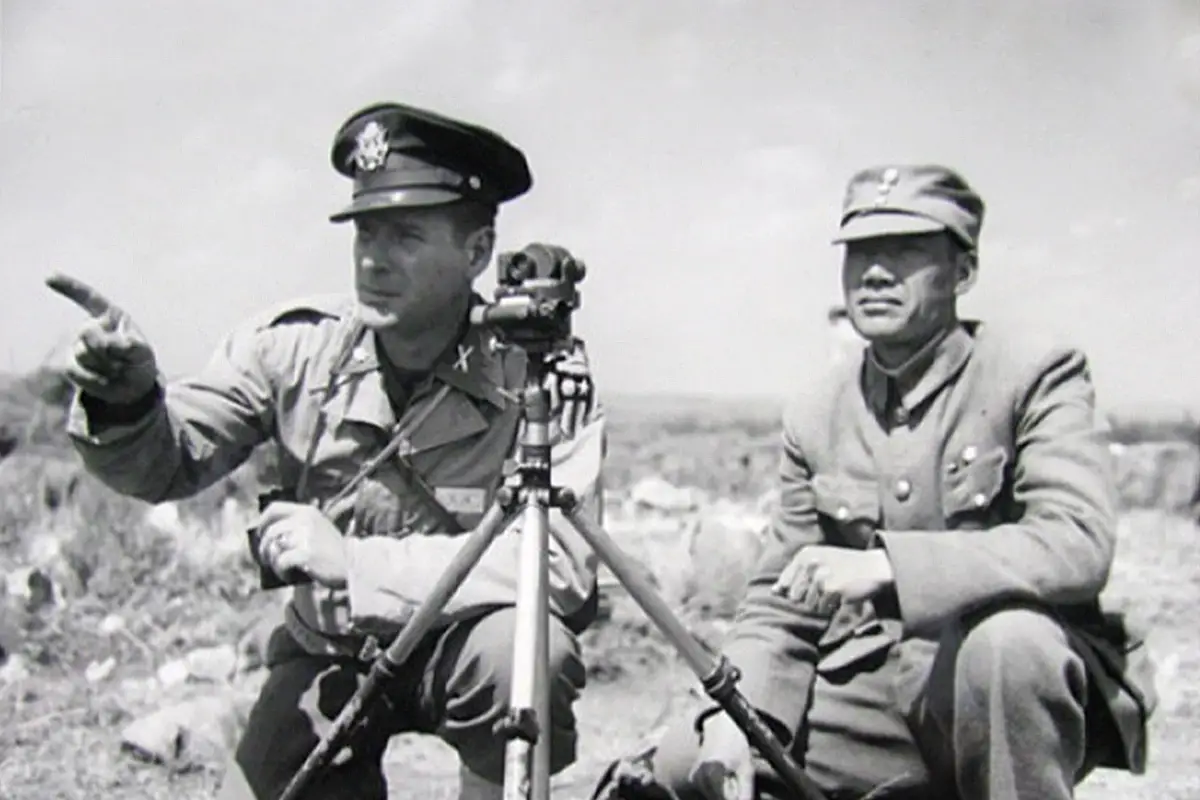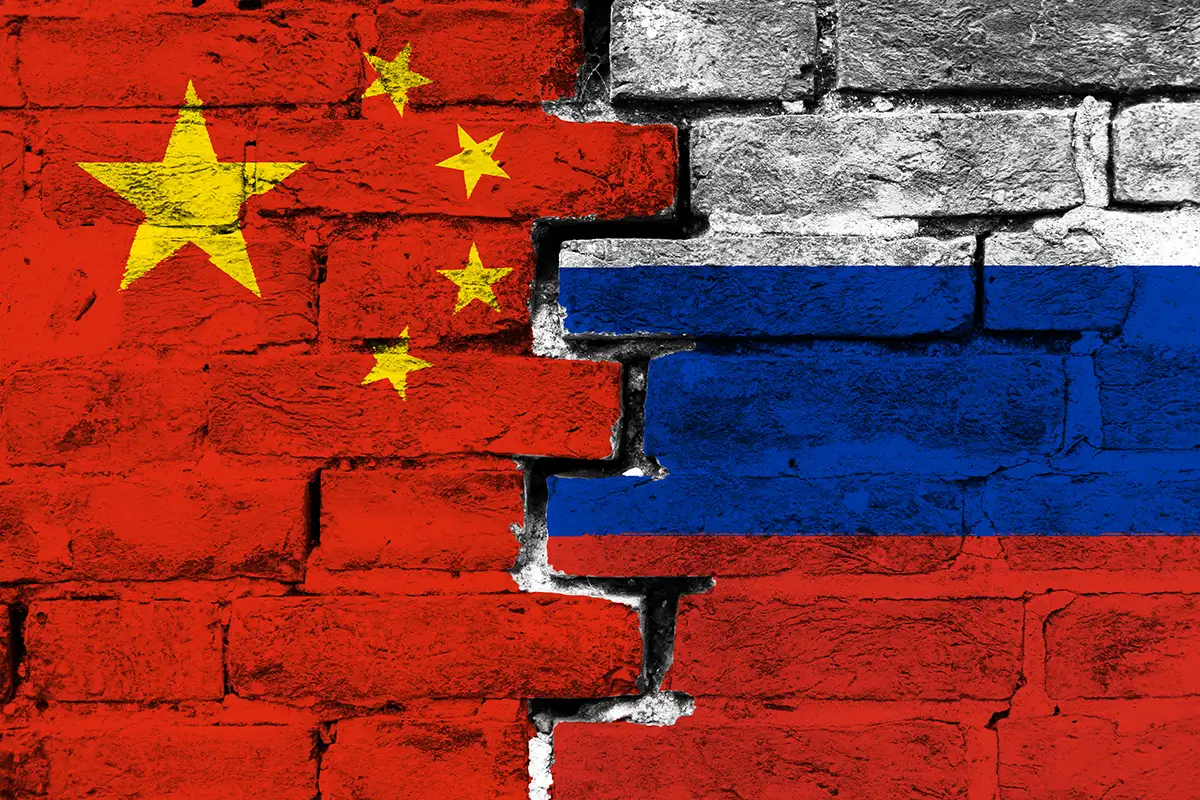Is there any indication that the protests in Kazakhstan and the deployment of Russian troops in response will have any effect on President Putin's plans regarding Ukraine?
No. The extraordinary introduction of Russian and other regional military forces into Kazakhstan under the auspices of the Collective Security Treaty Organization's (CSTO) direct intervention was limited and did not substantively divert resources from the continued buildup on the Ukrainian border. The CSTO intervention was targeted at securing key strategic locations and had a strict formal limit as to how long troops would be deployed. Indeed, forces are already pulling out of Kazakhstan within the confines of the stated mission, despite concerns from some analysts that this would merely be the premise for a longer occupation. This was the first such CSTO mission, even though the organization's member-states have been practicing for this kind of joint, Russian-led security action for some time.
The intervention, at least for the time being, appears to have been quite successful, strongly signaling Russian support for the sitting Kazakhstani authorities under the presidency of Kassym-Jomart Tokayev and tamping down the cascade of political violence, riots and protest such that domestic security forces were able to regain control of major cities and regions without further spirals of disorder. We will see how events further unfold, as the intra-elite political conflict in Kazakhstan is still unsettled, but so far, the intervention has not affected other Russian military-political decision-making in any observable way.
For the Kremlin, are there any commonalities between the strategic situations in Ukraine and Kazakhstan? Or does Russia see these as entirely independent situations?
These are largely independent situations and should be understood as such, although of course they share certain similarities, given all parties' legacies as constituent republics of the former Soviet Union. Unlike Ukraine, Kazakhstan has been a regional ally of Russia since the fall of the Soviet Union, cooperating in various intergovernmental formats de facto led by Russia, such as the CSTO, the Commonwealth of Independent States, and the Eurasian Economic Union, as well as broader Eurasia-wide entities such as the Shanghai Cooperation Organization. Ukraine is either not a member, or has dropped participation, in these organizations and other regional cooperation formats in the wake of the 2013–2014 “Euromaidan” regime change and the subsequent Russian annexation of Crimea and its occupation of parts of the Donbas region. Ukraine has thus been in a low-level, unofficial war with Russia since 2014, while Kazakhstan has been one of Russia's closer regional partners, with longstanding and institutionalized cooperative relations. We should note that Kazakhstan's leadership had initially expressed concern over Russian actions in the Donbas in years prior, including fears about a hypothetical parallel occupation in the north of Kazakhstan, where a majority ethnic-Russian population resides in border regions. This has not come to pass, however, and has not been pressed by either side in the current political crisis.
The situations are also quite distinct in their fundamental nature—the crisis in Kazakhstan is the result of a major disruption of its previously stable authoritarian political order. This disruption was caused by a complex series of events that began when the state raised fuel prices, which led to a wave of seemingly organic local protests in certain regions, which in turn transformed into riots in major urban areas. Although details and causality remain murky, these protests were quickly instrumentalized as proxies for vicious infighting between multiple elite networks over the ongoing transition of apex authority from Kazakhstan's longstanding leader, Nursultan Nazarbayev, to President Tokayev, his chosen successor. This is a unique political crisis that is quite distinct relative to other post-Soviet examples, and while it rapidly took on an international dimension because of the CSTO intervention, is fundamentally about the dynamics of Kazakhstan's internal politics.
The conflict in Ukraine, meanwhile, is thoroughly in the realm of interstate politics. Its driving motivators are largely independent of the domestic political situations in either Russia or Ukraine. Russia's assertive moves are due to the Kremlin's desire to overturn what it views as an unfriendly regional geopolitical status quo that is bringing Ukraine further into NATO's orbit. Russia considers this to be unacceptable and is acting as a revisionist power seeking to renegotiate—by arms if necessary—the regional balance of power. We should understand Russia's plainly stated aims—the goal here is not a complex scheme of “diversionary war” to saber-rattle its way to higher domestic popularity under conditions of flagging support. Rather, according to Russian diplomats, it is about a revision of the international situation. Russia is pursuing its long-term aims regarding NATO expansion and Ukraine's integration with the West.
The need for frozen ground in Eastern Ukraine creates a limited window for Russia to launch a full-scale invasion of the country. Should this be a comfort to Western observers, or could it mean that President Putin will act more quickly than he otherwise would, knowing that his window for action is limited?
We must take all assessments of active military operations in a probabilistic manner and eschew certainties, especially when dealing with a moving target such as the Russian-Ukrainian crisis. We should reiterate that in this situation, the key decision-makers are inaccessible to Western—and even Russian—analysts. That being said, the “frozen ground” logistical preference ahead of the muddy, thawing period of the Ukrainian rasputitsa raises the likelihood of intervention, or at least a decision by the Kremlin, in the coming weeks. That is, late January through February is a particularly dangerous period, with the probability of intervention potentially higher than other months, all else being equal. Of course, it should be noted that the Russian military still certainly has the capability to deal with difficult ground thaw conditions; it is simply a less desirable tactical-operational setting.
Given that the military buildup on the Ukrainian border has been ongoing since last spring, there are few current materiel and manpower constraints on Russia's ability to engage in a considerable military operation between now and March. Russian forces have conducted hundreds of combined arms drills and exercises over the past several years, which has specifically rehearsed different combat scenarios intended to train for this sort of military action vis-à-vis Ukraine This makes the question of a spring thaw more akin to a ticking timer informing the decision-making window. Similarly, it is useful to look at other seasonal environmental changes, such as foliage, which may modestly reduce the efficacy of airpower. Given these factors, one expects that the spring thaw is potentially a factor in pushing the decision—or the decision not to decide—into the coming six weeks or so. If no action has been taken by the onset of spring, it does make it more plausible that there will be a pause until the early summer.



